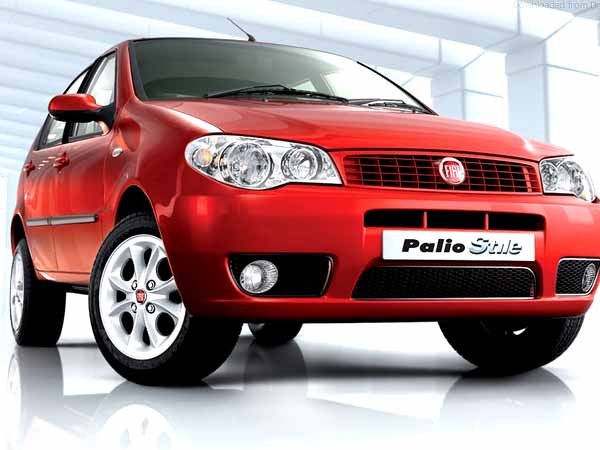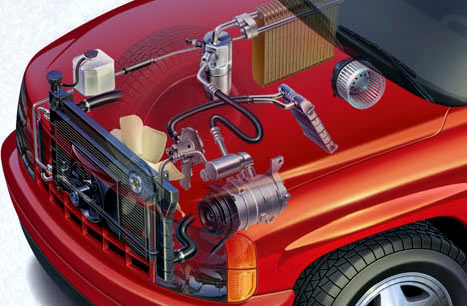|
|---|
Tuesday, August 2, 2011
The month of August, the car is jammed with kids and luggage, and you're finally on the way home. Suddenly realize that your car air conditioning system is broken and your family holiday really starts to heat up.
Automotive air conditioning systems were introduced in 1940 in response to customer requests for relief from the unbearable heat. These systems use the refrigerant to cool the air and remove heat from inside the car. Air conditioning also cleans the air in the car, and away from excess moisture, since dehumidify the air.
There are three basic components of any conditioning of the vehicle:
1 Compressor - as the heart of the climate system, the transmission and remove the compressor compresses the refrigerant gas as the heat of the vehicle.
2 Capacitor - removes heat and cools the refrigerant at high pressure.
Evaporator 3 - acts as the heating of the air conditioner. The evaporator absorbs heat from inside the car. The refrigerant condenses in the air and then water.
Cars have been produced since 1995, with R-134A air conditioning. These units are free of CFC ozone layer are nontoxic and nonflammable.
Prior to 1995, automotive air conditioners systems come with refrigerant R-12, commonly freon. Meanwhile, a car owner have problems with the air conditioning just needs to visit a dealer to buy a refill kit. With a can of freon and the knowledge base, the average driver can easily repair your air conditioning system. If studies have confirmed that the R-12 systems to damage the ozone layer have helped many countries including the United States have banned their production.
Common Problems
The most common complaint from Automotive Air Conditioners systems of cars, particularly the R-134 systems, the smell that permeates through the holes in the A / C and car mechanic discovered that bacteria and fungus accumulated in the nucleus evaporator causing the smell. Since the air conditioner is charged with moisture, attracts microbes. The solution proposed by the manufacturer for the fan motor is in fact eliminated the evaporator to the A / C system dry. General Motors has taken the place when it dries electronic evaporator.
This may give some relief to car owners, but not all. The installation of this system can cost hundreds of dollars. As a result, many car owners to use alternative methods to combat odors. Use of antibacterial chemical disinfectants can be an effective short-term solution. Keep a can of Lysol practice can go a long way to go for your scented air problem. Only spay the Lysol in the car, and the air intake once a week for temporary relief of the problem. Another way to eliminate the odor is to stop the A / C units, at least a mile before the finish line. This is sufficient time to dry the evaporator, essentially eliminating the moisture and odor-causing microbes. This is perhaps the simplest and cheapest in the fight against the problem.
Maintenance of A / C system
* To continue to operate efficiently, the machine should be recharged air conditioner from time to time, depending on how often it is used. Check with your mechanic or manual information system to load.
* Call your mechanic if you see a water leak in the radiator of the A / C system, as this can affect the refrigerant. To check the system repaired before refilling.
* Replacing the filter once every three months will also maintain the performance of your car air conditioning. This is where the dust, when you run the A / C.
* Set the training at a certain temperature will also contribute to good performance. If you move around from one temperature to another, will fight the system to adjust accordingly.
Automotive air conditioners can go to your best friend when you are in town or traveling across the country. Keep the A / C units well maintained, and stay cool on the road.
Labels: Car Accecories
0 Comments:
Subscribe to:
Post Comments (Atom)















